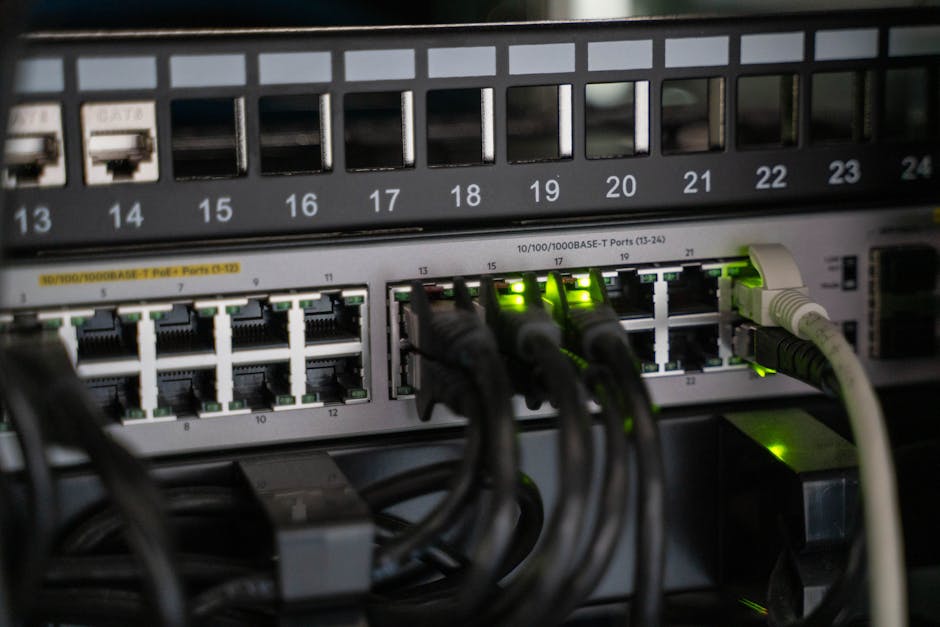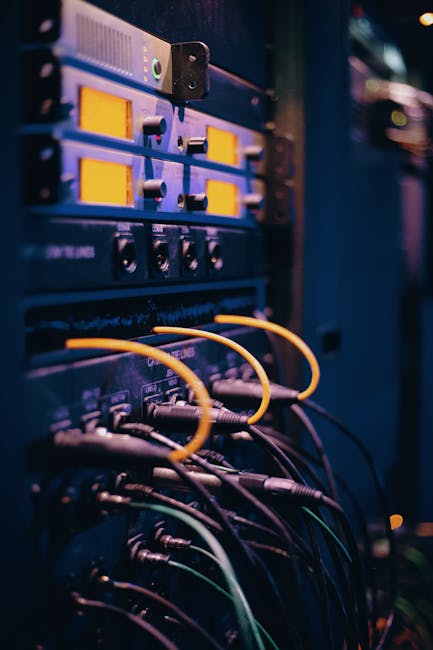
How to Seamlessly Switch Property Management Systems Without Losing Direct Bookings
If you’re a vacation rental operator or property manager, switching your Property Management System (PMS) is one of the most impactful transitions you’ll ever orchestrate. But let’s be honest: the one thing that keeps us all up at night? The risk of losing direct bookings, confusing guests, or suffering SEO setbacks in the process.
At Homerunner, we’ve helped hundreds of clients make these transitions smoother than they ever thought possible. We’re going to share our step-by-step playbook—drawn directly from real-life migrations—on how to switch PMS platforms without losing a single direct booking or breaking a sweat.

Why Direct Bookings Are So Vulnerable During a PMS Switch
- Data Sync Gaps: If real-time availability or rates don’t sync during cutover, guests may see errors, duplicate bookings, or stale pricing.
- Payment Disruption: Switching payment gateways or tokens can cause checkout failures or refund issues.
- SEO Disruption: Any changes in property URLs or content can cause search rankings and organic traffic to drop.
- Team Overload: Trying to change everything at once risks overlooked details and mistakes that impact bookings.
Our Core Principle: Decouple Your Booking Engine From Your PMS
With Homerunner, you’re no longer bound to a single PMS for taking direct bookings. Our WordPress booking engine acts as a stable, independent layer. You simply connect it to your PMS via a secure two-way sync. This means your property pages and booking flows stay live and seamless—even as you swap PMS credentials in the background.
- Your guests continue to book directly on your site, with property URLs and search filters unaffected throughout migration.
- Our platform integrates with leading PMS providers like Hostfully, Guesty Pro, Hostaway, Hospitable, OwnerRez, and Lodgify.
- When your new PMS is ready, you just swap the credentials—zero website rebuild and no loss of SEO traction.
A Realistic PMS Migration Timeline & Checklist

Phase 0 (Days 0–3): Define Scope and Risks
- List pain points and top goals (like maintaining 100% site uptime, zero booking loss).
- Inventory all integrations to replace (OTAs, payment, accounting, smart locks).
- Get the new PMS’s onboarding roadmap and migration duration (often ~30 days).
Phase 1 (Days 4–10): Prep and Clean Data
- Deactivate stale listings and update rates, policies, and unit details.
- Audit owner statements, reconcile balances, and export snapshots of inventory and bookings.
Phase 2 (Days 11–20): Parallel Staging, Zero Guest Disruption
- Configure your new PMS sandbox with a sample of properties.
- Connect Homerunner’s staging to this sandbox, validating property details, pricing, rules, and checkout logic.
- Run parallel test bookings in both environments.
Phase 3 (Days 21–27): Plan Financial Cutover
- Schedule switch at month-end to simplify reconciliation.
- Tokenize payment methods and run trial owner statements in both systems to catch differences early.
Phase 4 (Days 28–30): Go-Live Cutover
- Freeze any non-essential changes 48 hours before the switch.
- During a low-traffic period, swap Homerunner’s API keys from the old to the new PMS.
- Keep OTAs on the old PMS for 48–72 hours while direct bookings switch first to ensure inventory accuracy.
Phase 5 (Days 31–45): Stabilize & Optimize
- Finalize OTA connections and pricing tools in the new PMS.
- Monitor booking flow, guest emails, and error rates closely for 2 weeks.
Best Practices for Continuity and Zero Downtime
Keep Your URLs Stable
- Do not change property slugs or page structure during migration.
- If changes are essential, implement 301 redirects and test thoroughly.
Preserve a Familiar Booking Experience
- All changes happen behind the scenes—guests experience the same search, checkout, and confirmation flows.
- Homerunner’s booking flow stays consistent as PMS credentials change.
Maintain Real-Time Availability and Accurate Pricing
- Validate that minimum stay, lead time, and dynamic pricing rules match across both PMS systems for all visible inventory.
- Run live test bookings for key high-value properties during and after go-live.
Payment Continuity Matters
- By default, payments continue to run through your PMS for consistency and compliance.
- If your new PMS payment setup is delayed, Homerunner supports fallback gateways like Stripe, PayPal, and Square until migration is complete.
Quick QA & Testing Plan (Don’t Skip This!)
- Check pricing and availability for the top 10 properties for dates at +7, +30, and +90 days out.
- Test checkout with multiple payment methods, deposits, and discount codes.
- Review confirmation emails, cancellation/refund logic, and ensure guest contact info routes correctly in the new PMS.
KPI Guardrails For a Smooth Migration
- Site uptime: 99.9%+ during and immediately after migration
- Booking conversion rate: maintain within ±10% of pre-migration average
- Error rate for checkouts: ≤0.5%
- No double bookings or missing calendar syncs

Keep Guests, Owners, & Team Informed
- Notify guests 72 hours pre-cutover with a banner and confirmation that their bookings, rates, and contacts are safe.
- Send a detailed memo to owners on timing, statement format, and payout processes post-migration.
- Roll out team training in stages—first bookings and calendar, then financials, then reporting—so no one is overwhelmed.
Integration Reattachment Map—Don’t Miss Anything
- Confirm the new PMS is connected to all essential integrations: OTAs, pricing engines (if any), accounting (QuickBooks/Xero), and smart devices if you use them.
- Test and document checklist sign-off for each integration before and after cutover.
SEO Checklist: Protect Your Hard-Earned Direct Booking Traffic
- Keep all property URLs the same if possible. If absolutely necessary to change, create 301 redirects proactively.
- Maintain a consistent sitemap structure and submit to Google Search Console after the switch.
- Do not alter schema, content, or meta data until you confirm booking flow is stable.
- Monitor organic traffic, sessions, and keywords daily for two weeks.
What Makes Homerunner’s Approach Unique?
- Zero Site Overhaul: No need to rebuild your site—just connect to the new PMS behind the scenes.
- Full PMS Integration: Real-time sync on all supported platforms.
- Direct Bookings Remain On Your Domain: Your SEO and guest experience are preserved, not routed through third-party domains.
- Advanced Search, Flexible Brands: Run multiple brands or property collections on a single PMS inventory—no barriers to scaling.
- Powerful Analytics: Use detailed dashboards to track and improve post-switch performance.

A Typical 30-Minute Homerunner Switch
- Enter your new PMS API credentials in the Homerunner admin.
- Map listings and test pricing, availability, and checkout for key properties.
- Run live test payments and bookings for validation.
- Once confirmed, flip your site out of maintenance mode and start monitoring analytics.
Common Pitfalls and How to Dodge Them
- Mid-month switching: Pick a month-end to avoid financial headaches.
- Dirty data: Clean up taxes, rates, amenities, and outdated info before importing.
- All-at-once changes: Phase your migration—never try to switch PMS, payment, and OTAs on the same day.
- Leftover integrations: Use an integration ledger so nothing gets lost in the shuffle.
Level Up Direct Booking Growth After Your Switch
- Use Homerunner’s analytics to spot drop-offs—maybe a specific filter or date range is causing friction.
- Leverage promo codes and flexible offers via your new PMS for high-intent guests.
- Experiment with property collections or urgency cues to capture more direct bookings.
Coming Full Circle: Your Migration at a Glance
- Total timeline: Expect 30–45 days if you prep well and stage the switch.
- Cutover: Tightly planned, often requiring less than 2 hours for the booking engine connection.
- Direct bookings: Never go offline if you follow the staged, parallel path outlined above.
- Goal: Zero booking loss, full financial and operational continuity.
Ready to decouple your business from stressful PMS transitions and protect your direct bookings every step of the way? See how Homerunner gives you stability, flexibility, and control as you grow and evolve. Our team is always here to help you plan the perfect migration, so you can focus on what matters—delivering great guest experiences, not fighting tech fires.